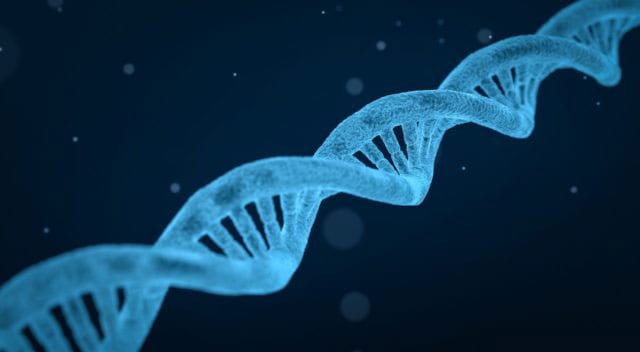CNN recently covered a story in the publication Nature about a paper explaining base editing (or prime editing). The researchers who created the technology set forth the process of using base editing to correct the genetic variant involved in Alzheimer’s disease and also variants involved with breast cancer and sickle cell anemia.
About Point Mutations
CRISPR is exciting and revolutionary when it comes to locating specific genes. However, it is not always precise when correcting point mutations in these genes.
In the standard CRISPR-Cas9 method, Cas9 can be compared to a set of scissors that snip portions of DNA strands. Its targets are specific areas of gene mutations.
Dr. David Liu, a Biologist at Harvard University, is the paper’s senior author. Dr. Liu explained that genetic variants called point mutations are found to be the major cause of disease.
Their goal then was to find a way to correct point mutations.
Using CRISPR technology as the base, the newly developed mechanism called base editing enables researchers to replace one DNA base within a genome. The genome is the complete set of DNA including all of its genes.
In essence, prime editing uses CRISPR-Cas9 technology together with another protein that will create new DNA.
Experts in this field are quick to point out that although this is a minor substitution, it will have a major impact.
Dr. Liu added that now they can guide the mutation connected to sickle cell anemia back to its normal sequence. This can now be accomplished without the need to cut DNA.
Three Attempts And Then Success
Our cells develop a solid line of defense to prevent errors from happening in our genome. Therefore the most difficult part of the study was to trick the cells into accepting the substitutions initiated by the new base editing process.
Dr. Liu and one of his associates made a few versions of the new editing system. At last, by the third attempt, the team was able to make corrections to point mutations in seventy-five percent of mammalian cells.
Dr. Liu explained to his associate that he was not surprised by the need for several attempts. He predicted that the cell was “going to fight” the change so he was not disappointed.
A colleague stated in simple terms, “they fused two proteins together and came up with a precise editing system.”
They have a lot more work to do. Currently, their base editing process can only create two types of DNA changes. The base editing system has many more years of work before it can help patients with genetic mutations.
The research team is testing the process on various diseases, thus leading the way to therapeutic applications.
There are also ethical concerns. The most prominent being the gene-editing of twin babies in China in 2018. This was widely condemned by the international community.






